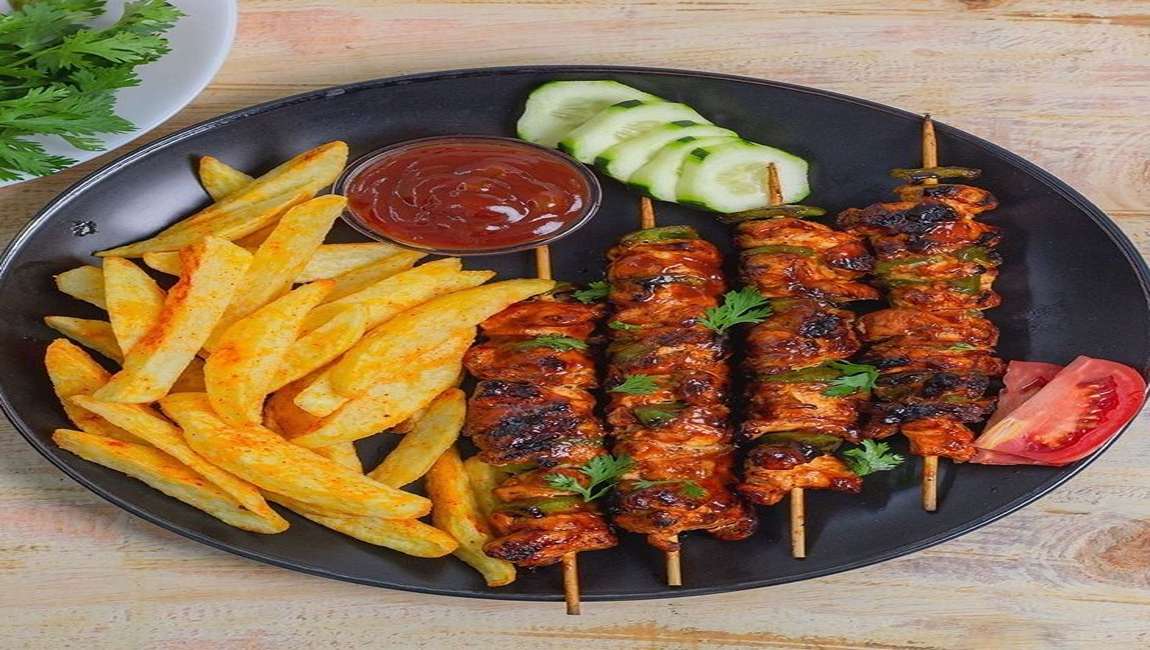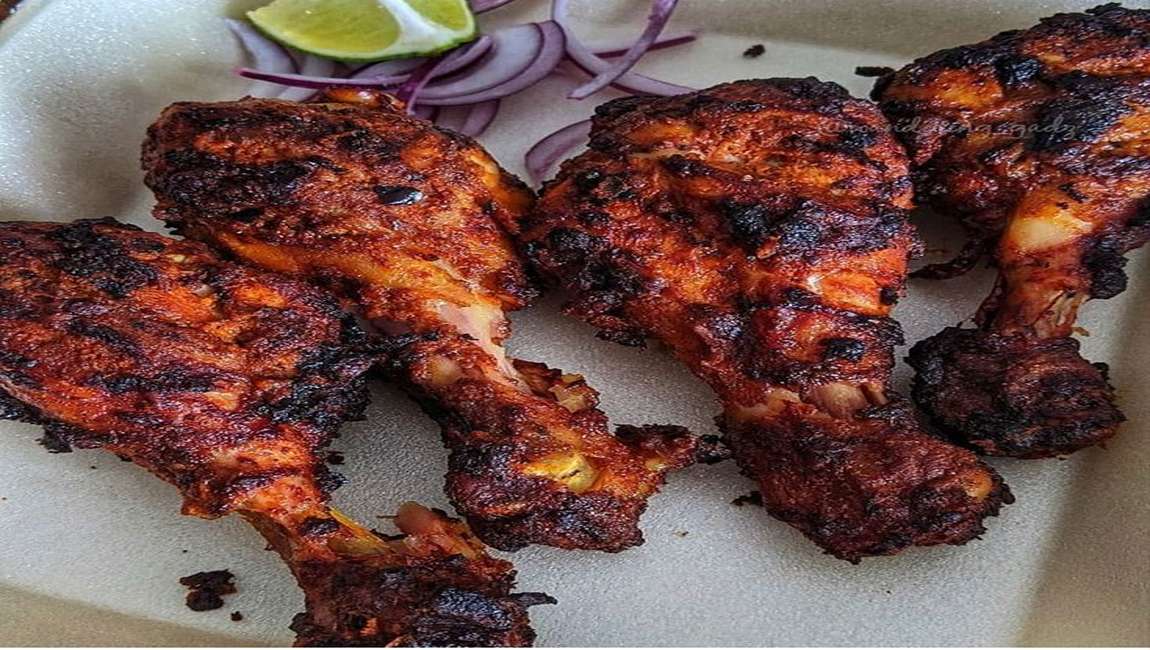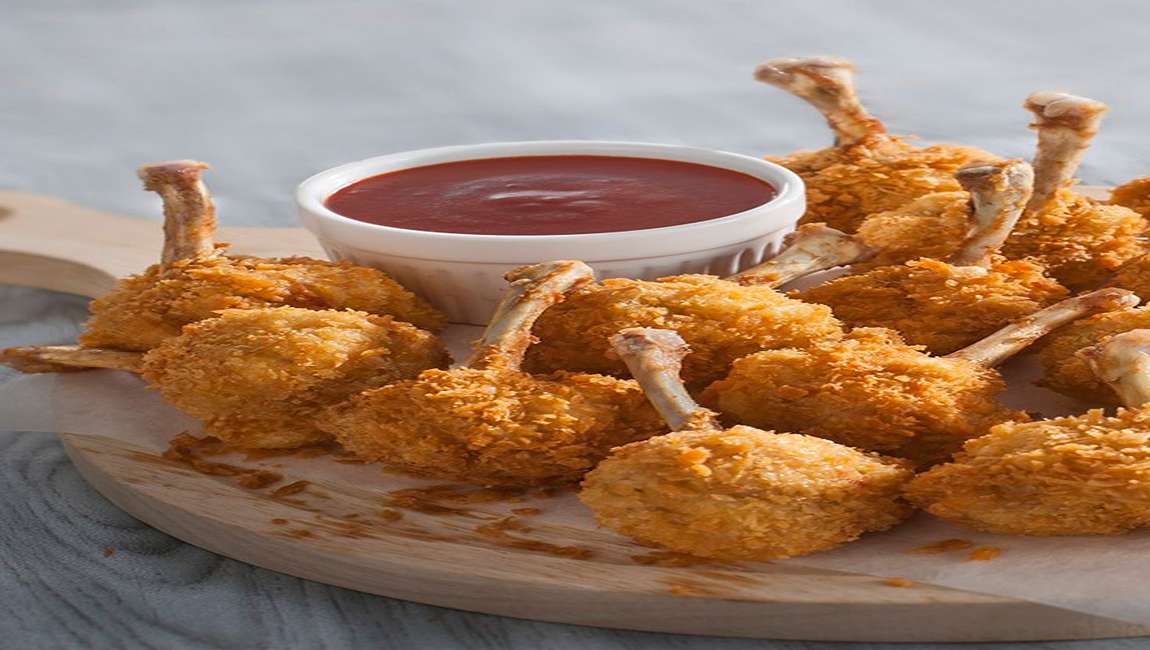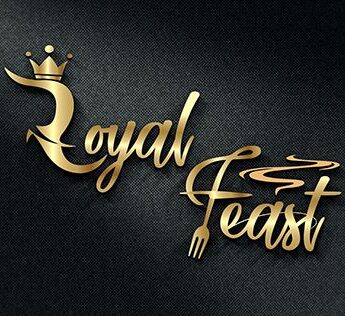
The global food landscape is about rapid advancements, evolving consumer preferences and innovative solutions to address pressing challenges. From sustainable practices to technological breakthroughs, the food industry is undergoing a transformation impacting production, consumption and distribution worldwide. This article is an update on the latest happenings and trends shaping the future of food.
global food
Sustainable Farming Practices Climate change and resource scarcity are reasons why sustainable agriculture is becoming an adaptation for most farmers in the world. This includes the new focus of regenerative farming on the rehabilitation of soil health, biodiversity enhancement, and reduction of carbon footprint. Many countries, especially the Netherlands and India, are embracing the scale adoption of organic farming practices and precision agriculture technologies.
Vertical Farming Revolution
Vertical farming is now one of the main answers to urban food insecurity. Aero Farms and Plenty have established more massive high-yielding farms inside the buildings, requiring 90% less water than a conventional farm. It will be remembered because vertical farming penetrated new markets in Africa and Southeast Asia, bringing fresh produce closer to urban consumers.
2. Food Technology and Innovations
Lab-Grown Meat Expansion The cultured meat industry has been able to make significant strides. Upside Foods and Mosa Meat are among the companies that have received regulatory approvals for large-scale production. Lab-grown chicken and beef will be available in major markets, such as the United States, Europe and Japan. These products are a sustainable alternative to traditional meat, reducing environmental footprint and ethical concerns.
AI in Food Production
AI is changing the way food is produced, from farm to table. AI solutions help elevate crop yields while making predictive insights into supply chain disruptions and improving food safety. For example, AI systems in food processing plants are using unprecedented standards in quality to detect contaminants.
3D-Printed
Food3D printing technology has already entered the world of culinary arts with chefs and food manufacturers preparing customized meals and snacks. Nutritionally balanced meals customized according to individual dietary needs are being prepared in hospitals and elderly care facilities using 3D-printed food.
3. Global Dietary Shifts
Plant-Based Diets The plant-based movement is growing, driven by health-conscious consumers and environmental awareness. The sales of plant-based protein alternatives such as tofu, tempeh, and jackfruit are rising across the globe. Major food brands have launched innovative plant-based product lines that make these options more accessible to mainstream markets.
Cultural Merging in Cooking Globalization and migration have led to a greater appreciation for International cuisine Food culture Global food trends Traditional dishes. Fusion foods blending flavors and techniques from different cultures, are hot in restaurants and home kitchens. Korean-Mexican tacos and Indian-Italian pizzas are examples of cross-cultural creativity.

4. Addressing Food Waste
Zero-Waste Restaurants zero-waste dining has emerged as a major trend for restaurants around the world to engage in circular ways. Chefs use scraps and byproducts to create delicious new dishes, minimizing waste while aiming at original flavors.
Advanced global food Preservation Technological advancements in food preservation are helping to minimize waste at each level of the supply chain. From smart packaging with integrated freshness indicators to extended shelf life products, the game has changed. Excess food apps such as Too Good To Go and Olio also bridge the gap between consumers and unsold food in restaurants and supermarkets.
5. Food Distribution and Technology
Block chain for Transparency Block chain is making the food supply chain turn towards transparency and traceability. Many retailers and producers utilize block chain to give consumers transparent details about the origin and path their food products have had to travel.
Drone Deliveries Drone technology has revolutionized food delivery, especially in remote and underserved areas. Companies like Zip line and Wing have increased their operations, delivering groceries, medicines, and even hot meals to customers in record time. This innovation has proved vital in disaster relief efforts, ensuring access to essential supplies.
6. Health and Wellness Trends
Functional Foods Functional foods are foods that enhance health beyond what’s provided in normal nutrition. Fermented foods with probiotics, such as kimchi and kombucha and omega-3-enriched snacks are highly consumed among health-conscious consumers.
Personalized Nutrition With the advancement of genetic testing and AI, personalized nutrition has become a reality. Now, consumers can receive diet plans guided by their genetic profiles and health objectives. In wearable devices tracking dietary habits and adjusting recommendations in real time become the norm.
7. Dealing with Food Security
Global Fight Against Hunger Many organizations United Nations’ World Food Program (WFP) are a notable example-are using technology and innovation to fight hunger. climate-resilient crops, and digital food assistance programs in many vulnerable regions have already helped millions.
Community-Led Solutions
Grassroots movements are leading the change in dealing with global food insecurity. Community gardens, cooperative farming, and local food banks have reached new scales and people are now at the forefront of managing their own food systems.
8. Ethical and Social Concerns
Fair Trade Practices
Fairtrade certification is picking up, hence ensuring more wages and improved conditions for the farmers and producers. In 2024, consumers will be seeking out more ethical products from coffee to chocolate.

Animal Welfare The focus on animal welfare has increased, with stricter regulations and certifications being implemented worldwide. Brands are promising cage-free eggs, humane treatment of livestock, and transparent supply chains.
9. Future of Food
global food Space farming has taken a giant leap with successful experiments on the International Space Station. NASA and private companies, such as Space X, are studying how to grow crops in space, which will open the door to sustainable food production for long-duration missions.
Hybrid Foods Hybrid foods that combine nutrition, taste, and sustainability come from the blending of natural and synthetic ingredients. This is the case with plant-based meat enhanced by lab-grown cells, making it a very popular product these days.
Edible Packaging Edible packaging innovations eliminate plastic waste and offer a new sustainable alternative. Companies are now developing biodegradable wraps made from seaweed, rice, and the like, all of which are in line with the zero-waste movement.
Conclusion
Global food industry is one of unprecedented innovation and global collaboration. From sustainable farming practices to technological breakthroughs, the sector is being transformed in its pursuit of addressing the many issues of climate change, food insecurity, and waste reduction. global food become more conscious of their food choices, the emphasis on health, sustainability, and ethics will continue shaping the future of food. These advancements not only redefine how we produce and consume food but also pave the way for a more sustainable and inclusive global food system.










